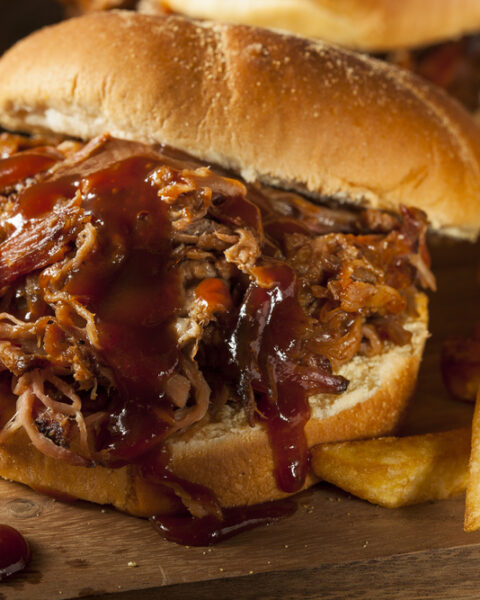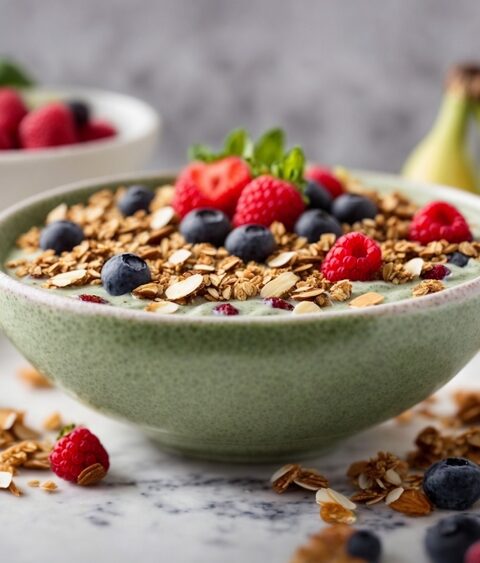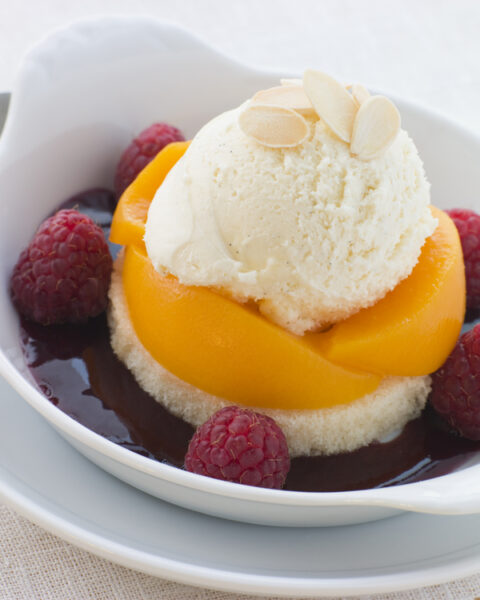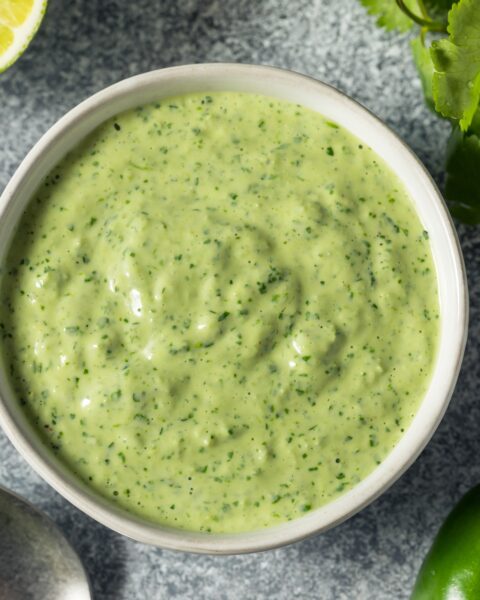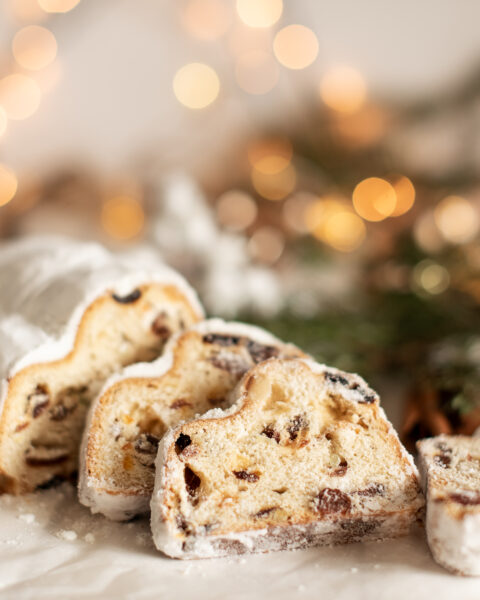Imagine sinking your spoon into a dessert that’s nothing like what you’re used to—a bit unexpected, maybe even a little mysterious, but full of flavor in every bite. Southeast Asia is known for these kinds of surprises, especially in the sweets department. From vibrant layers to creamy, icy textures, these desserts bring a whole new twist to the table. So, let’s dig in and discover some treats that might just change how you think about dessert.
Contents
- 1 Klepon (Indonesia)
- 2 Halo-Halo (Philippines)
- 3 Mango Sticky Rice (Thailand)
- 4 Cendol (Malaysia/Indonesia)
- 5 Bubur Kacang Hijau (Indonesia)
- 6 Khao Tom Mat (Thailand/Laos)
- 7 Sago with Coconut Milk (Myanmar/Thailand)
- 8 Che Chuoi (Vietnam)
- 9 Lupis (Indonesia)
- 10 Taho (Philippines)
- 11 Khao Lam (Thailand)
- 12 Khanom Chan (Thailand)
- 13 Kuih Lapis (Malaysia/Indonesia)
- 14 Es Teler (Indonesia)
- 15 Bánh Bò Nướng (Vietnam)
- 16 Serabi (Indonesia)
- 17 More From RetailShout
- 18 10 New Aldi Finds to Add to Your Cart This November
- 19 18 Chic Target Kitchen Finds That You’ll Absolutely Adore
Klepon (Indonesia)
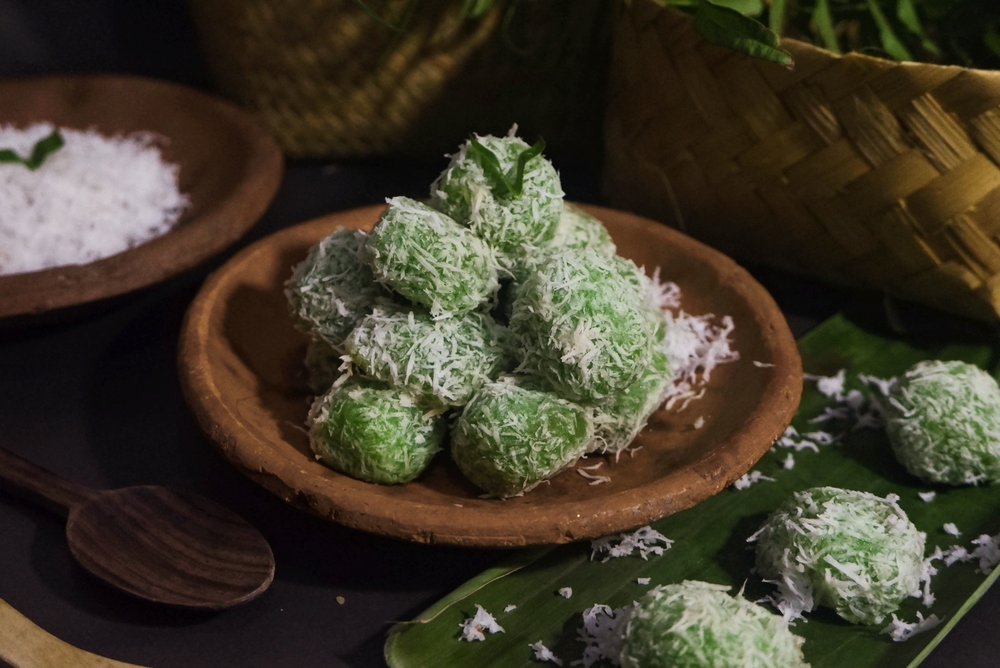
Klepon are vibrant green rice balls filled with molten palm sugar and coated in grated coconut. The chewy exterior, flavored with pandan, contrasts beautifully with the sweet, liquid center. To prepare, mix 1 cup of glutinous rice flour with 1/2 cup of pandan juice to form a dough. Shape into balls, fill each with a teaspoon of palm sugar, and boil until they float. Roll the cooked balls in grated coconut before serving.
Halo-Halo (Philippines)
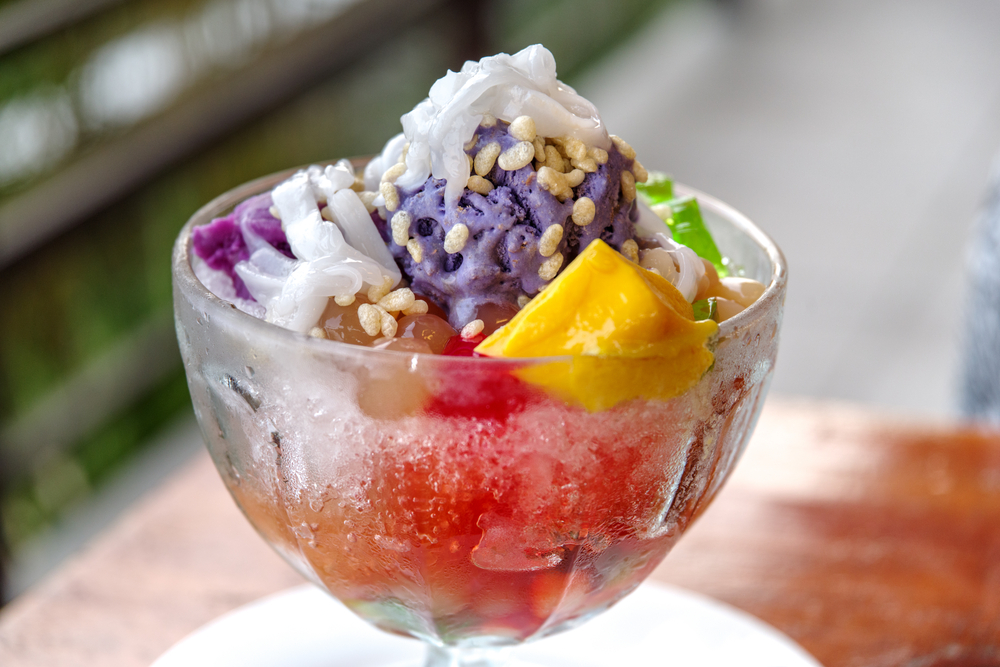
Halo-Halo is a colorful medley of sweetened fruits, jellies, and beans, topped with shaved ice and evaporated milk. This refreshing dessert is perfect for hot days, offering a mix of textures and flavors. Layer 1/4 cup each of sweetened bananas, jackfruit, red beans, and nata de coco in a tall glass. Add 1 cup of shaved ice, pour 1/4 cup evaporated milk over, and top with 1-2 tablespoons of leche flan or a scoop of ube ice cream. Stir well before enjoying.
Mango Sticky Rice (Thailand)
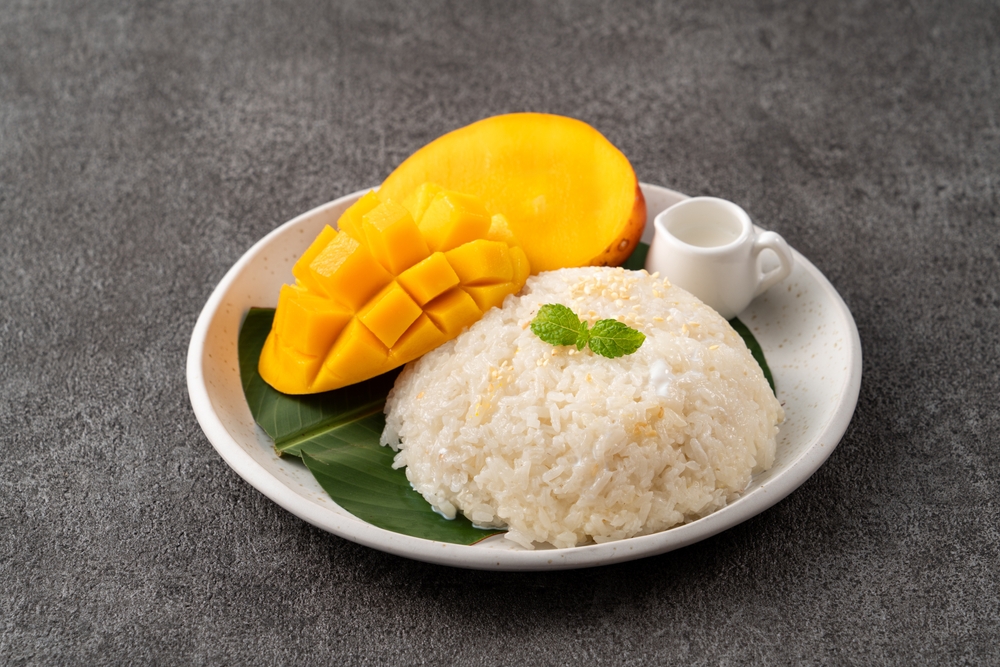
A harmonious blend of sweet mango slices atop coconut-infused sticky rice, drizzled with coconut cream. This Thai classic balances the richness of coconut with the natural sweetness of mango. Cook 1 cup of glutinous rice and mix with a sauce made from 1 cup coconut milk, 1/4 cup sugar, and a pinch of salt. Serve with ripe mango slices and an additional drizzle of sweetened coconut cream.
Cendol (Malaysia/Indonesia)
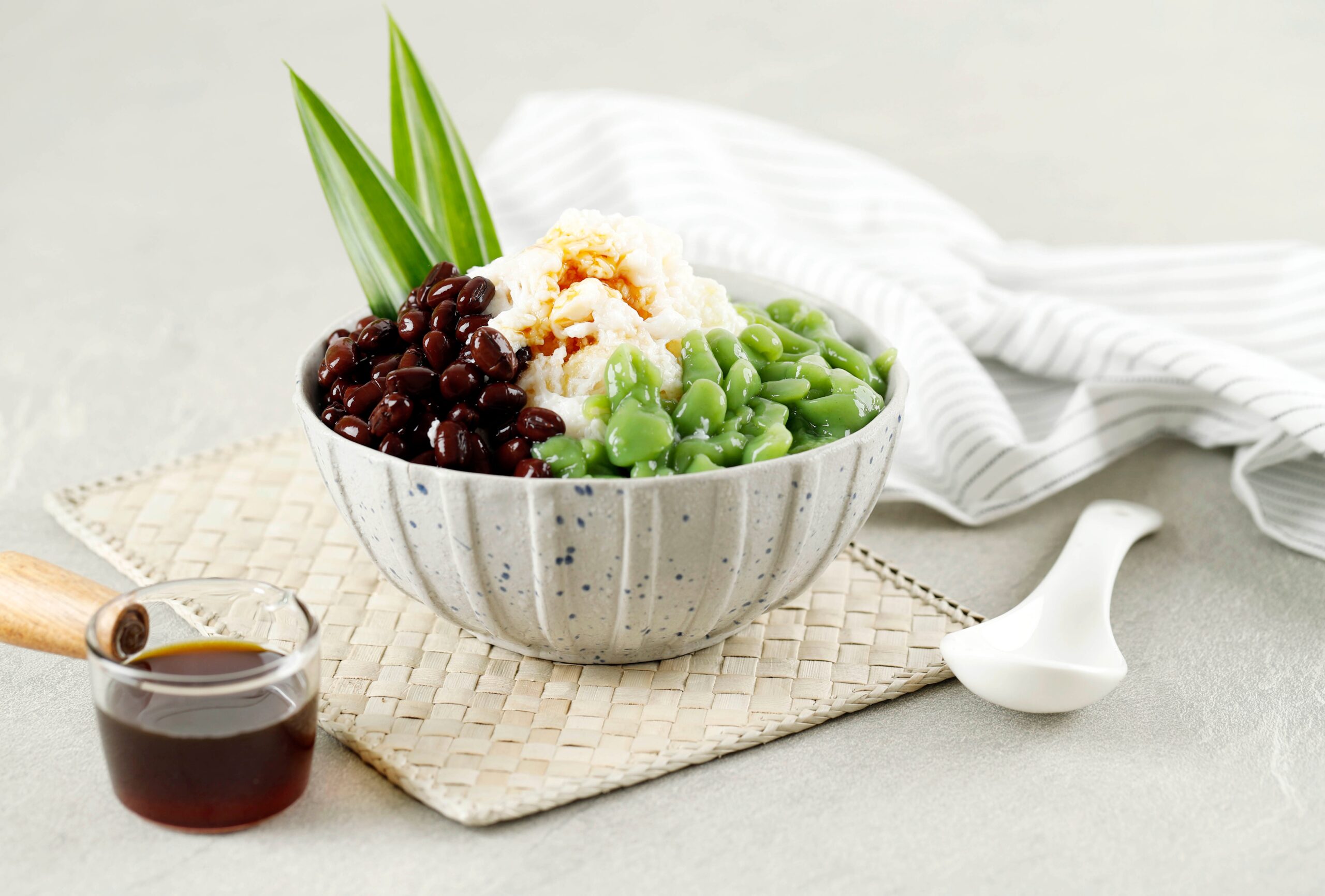
Cendol features green rice flour jelly noodles served in coconut milk and palm sugar syrup, often accompanied by shaved ice. This chilled dessert is a favorite in many Southeast Asian countries. Prepare the green noodles by mixing 1/2 cup rice flour with 1/4 cup pandan juice, then cook until they solidify. Serve 1/2 cup of noodles in a bowl with 1/2 cup coconut milk, 2 tablespoons palm sugar syrup, and 1 cup of shaved ice. Optional toppings include 2 tablespoons of red beans or sweet corn.
Bubur Kacang Hijau (Indonesia)
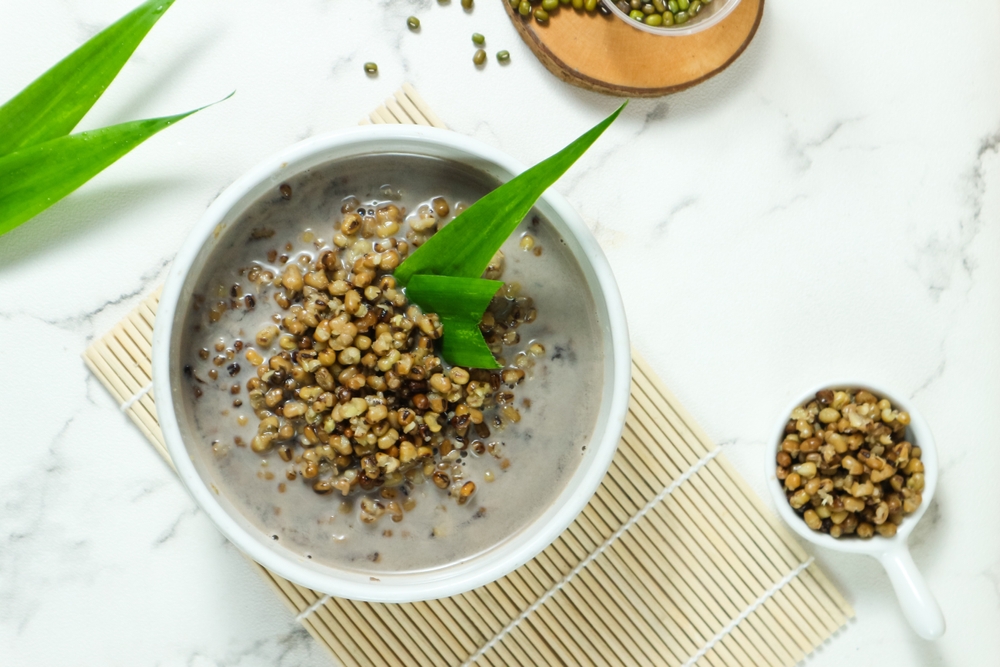
This warm mung bean porridge is sweetened with palm sugar and enriched with coconut milk, making it a comforting treat. It’s often enjoyed as a breakfast or snack. Boil 1 cup of mung beans until tender, then add 1/2 cup of palm sugar and 1/2 teaspoon of salt. Stir in 1 cup of coconut milk and simmer briefly. Serve warm, optionally topped with a splash of coconut cream.
Khao Tom Mat (Thailand/Laos)
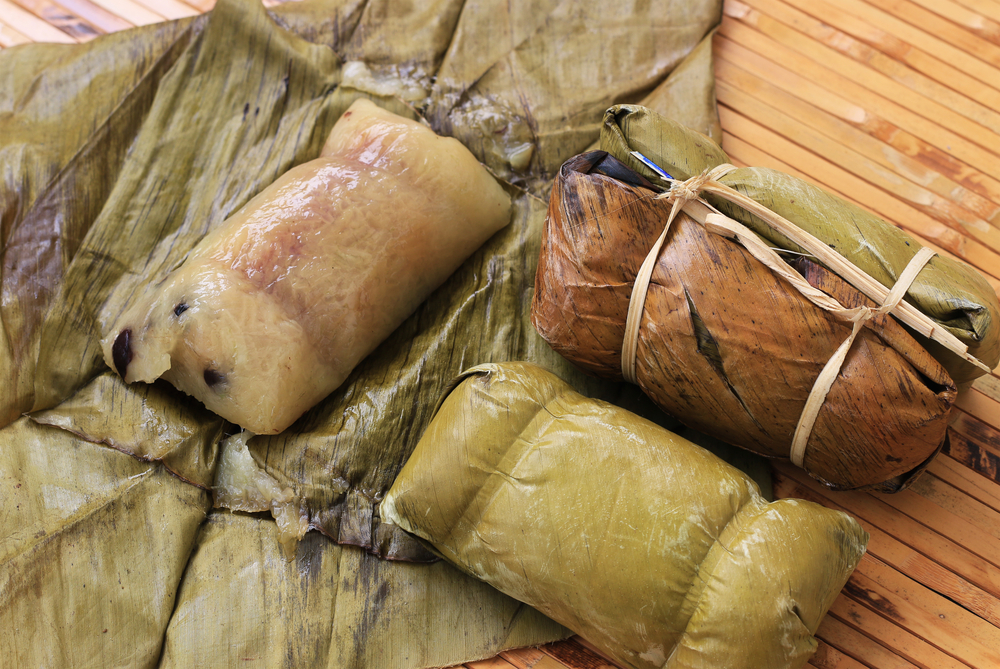
Khao Tom Mat consists of sticky rice and banana wrapped in banana leaves and steamed, resulting in a fragrant and sweet snack. It’s commonly enjoyed during festivals. Soak 2 cups of glutinous rice overnight, then mix with 1 cup of coconut milk and 1/2 cup of sugar. Place a portion of the rice mixture and a slice of ripe banana onto a banana leaf, fold, and secure. Steam the parcels for about an hour before serving.
Sago with Coconut Milk (Myanmar/Thailand)
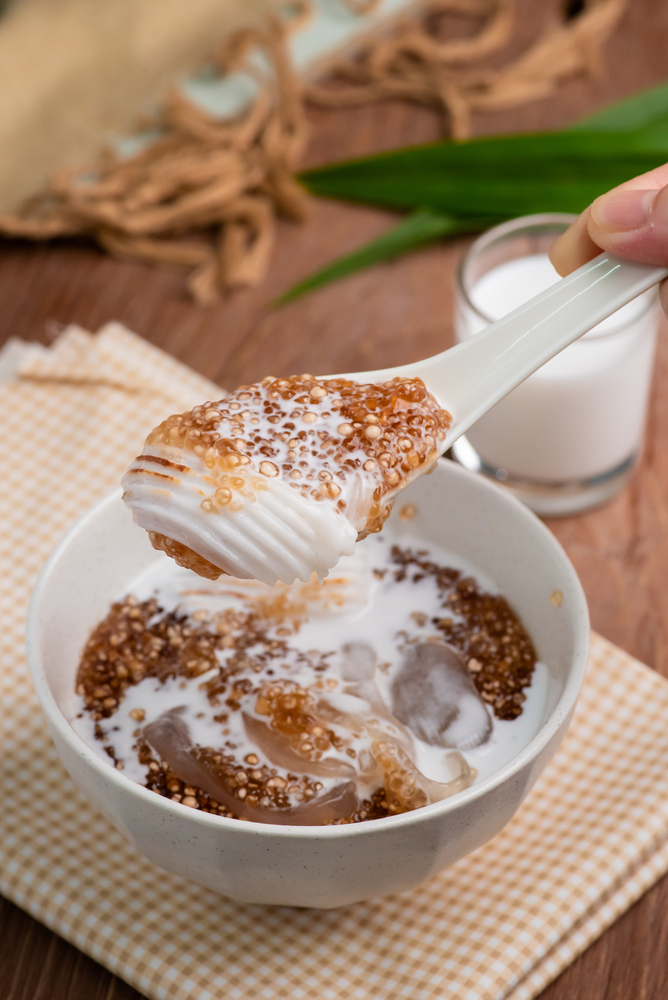
This dessert features translucent sago pearls bathed in sweetened coconut milk, sometimes accompanied by fruits like banana or jackfruit. It’s a simple yet satisfying treat. Cook 1 cup of sago pearls until they turn translucent, then drain. In a separate pot, heat 2 cups of coconut milk with 1/2 cup of sugar and a pinch of salt. Combine the sago with the sweetened coconut milk and serve warm or chilled.
Che Chuoi (Vietnam)
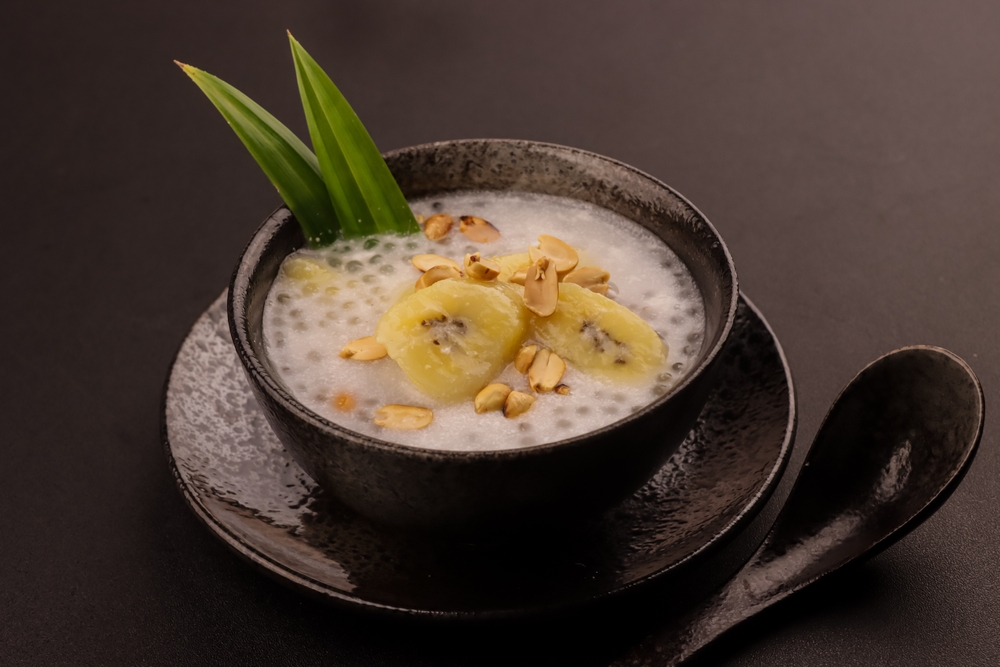
Che Chuoi is a warm banana and tapioca pearl pudding cooked in coconut milk, offering a delightful blend of sweetness and chewiness. It’s often garnished with roasted peanuts. Simmer 2 cups of coconut milk with 1/2 cup of sugar and a pinch of salt. Add 4 sliced ripe bananas and 1/4 cup of small tapioca pearls, cooking until the tapioca is translucent. Serve warm, topped with crushed roasted peanuts.
Lupis (Indonesia)
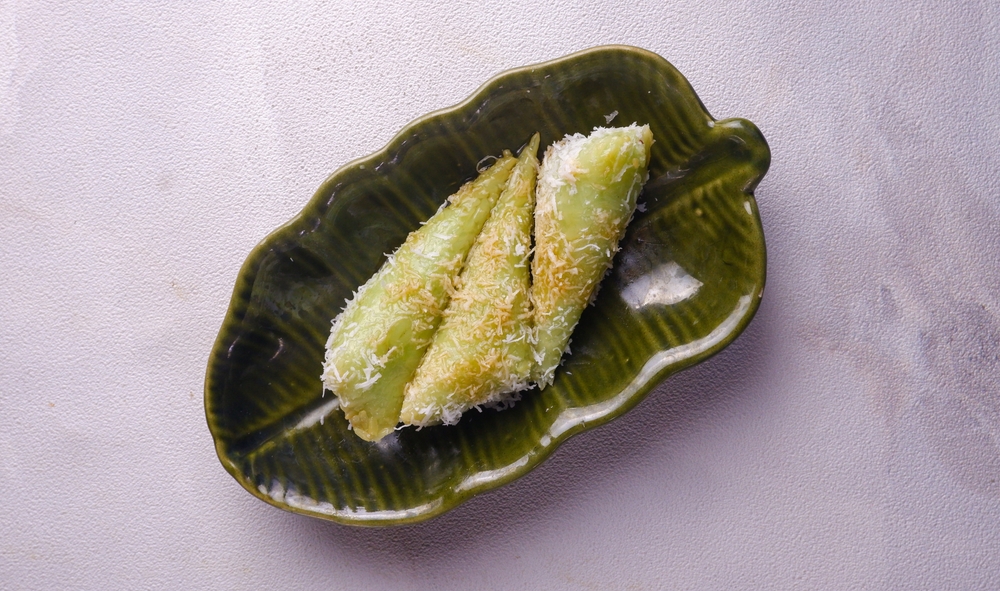
Lupis are sticky rice cakes wrapped in banana leaves, boiled, and served with grated coconut and palm sugar syrup. They offer a chewy texture complemented by the sweetness of the syrup. Soak 2 cups of glutinous rice for several hours, then drain. Wrap portions of the rice in banana leaves, forming triangular shapes, and secure. Boil the parcels for about 2 hours, then serve with grated coconut and a drizzle of palm sugar syrup.
Taho (Philippines)
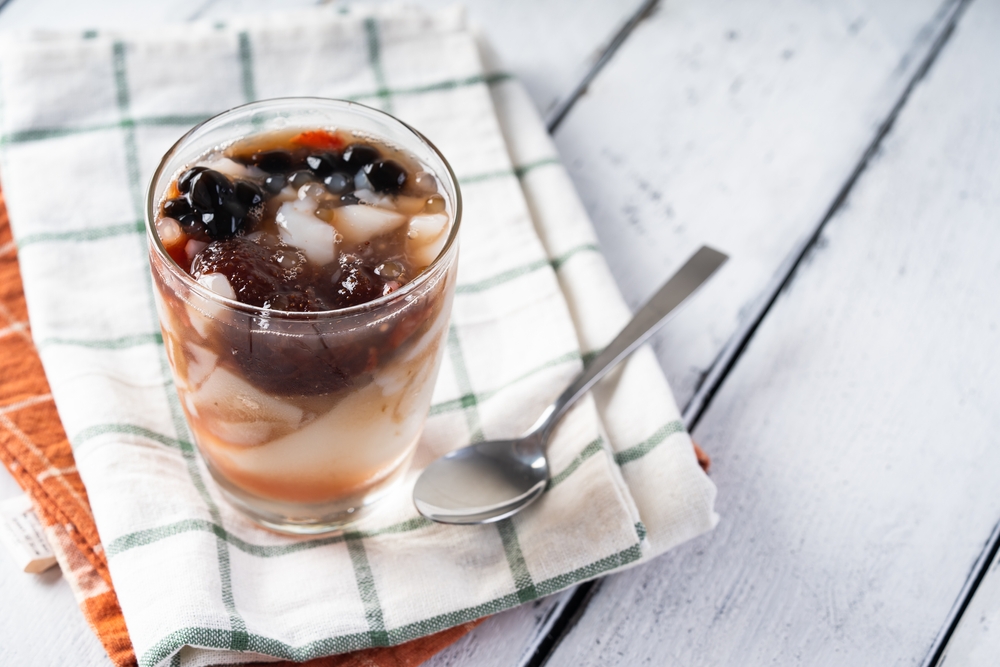
Taho is a popular Filipino snack featuring warm silken tofu topped with sweet arnibal syrup and sago pearls. It’s commonly sold by street vendors in the morning. Prepare the arnibal by simmering 1 cup of brown sugar with 1/2 cup of water until thickened. Cook 1/2 cup of sago pearls until translucent. In a cup, layer warm silken tofu, and sago pearls, and drizzle generously with arnibal syrup.
Khao Lam (Thailand)
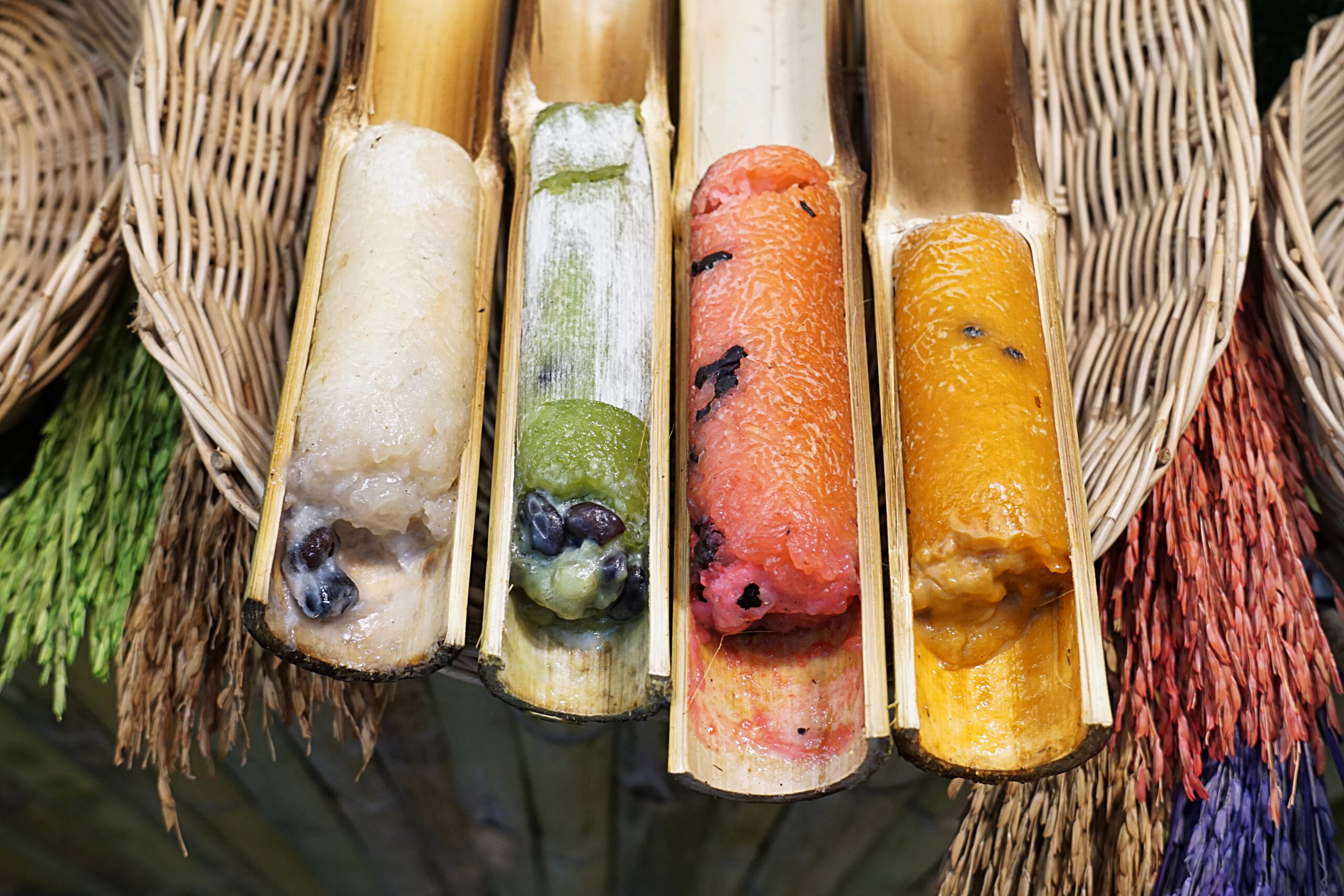
Khao Lam is a traditional Thai dessert where sticky rice is combined with coconut milk and black beans, then cooked inside bamboo tubes over an open flame. This method imparts a unique aroma and flavor to the rice, making it a delightful treat. To prepare, soak 2 cups of glutinous rice and 1/2 cup of black beans overnight. Mix the drained rice and beans with 1 cup of coconut milk, 1/2 cup of sugar, and a pinch of salt. Fill bamboo tubes with the mixture, seal with banana leaves, and roast over medium heat for about 1.5 to 2 hours, turning occasionally.
Khanom Chan (Thailand)
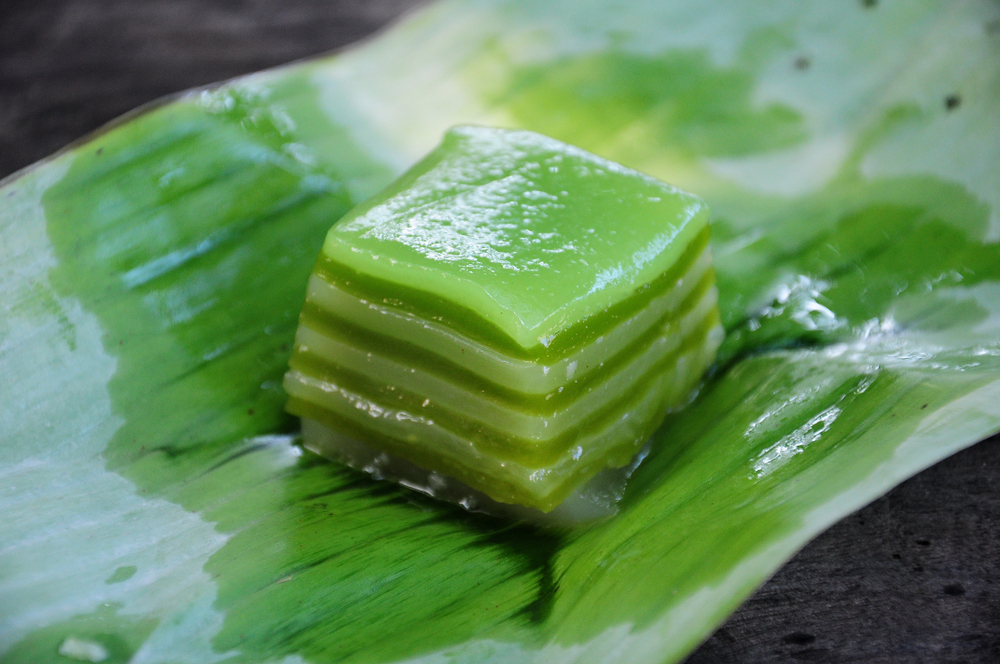
Khanom Chan is a multi-layered steamed dessert made from rice flour, tapioca flour, coconut milk, and pandan juice, resulting in a chewy and fragrant treat. Each layer is steamed before adding the next, creating a beautiful layered effect. Combine 1 cup of rice flour, 1/2 cup of tapioca flour, 1 cup of sugar, and 2 cups of coconut milk to form a batter. Divide the batter into two portions; add 1/4 cup of pandan juice to one portion for color and flavor. Pour a thin layer of the white batter into a greased pan, steam for 5 minutes, then alternate with the green batter, repeating until all batter is used. Allow to cool before slicing.
Kuih Lapis (Malaysia/Indonesia)
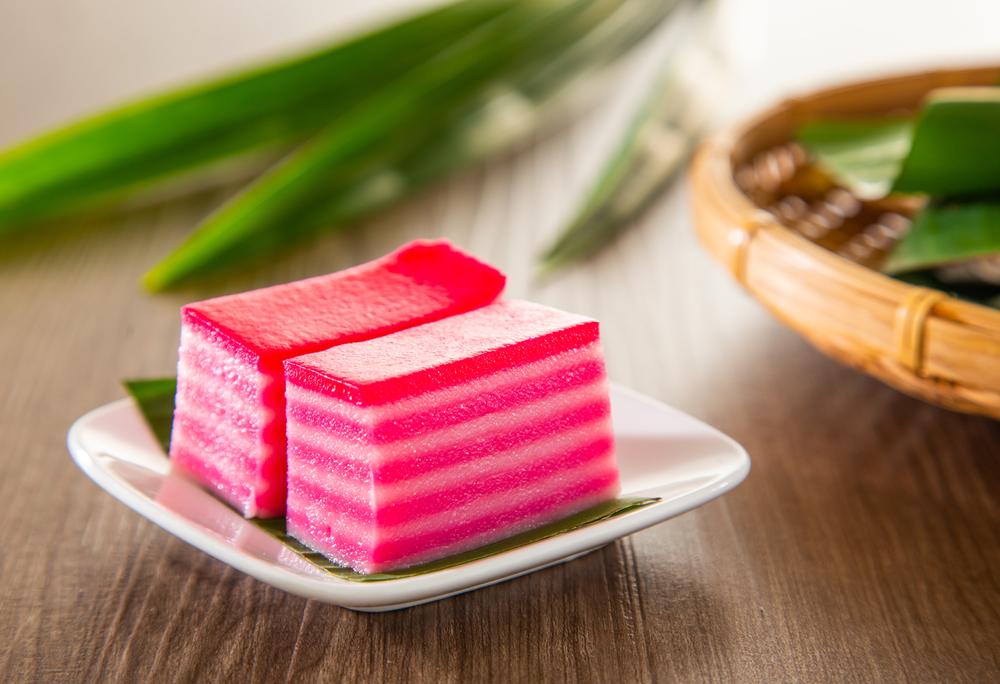
Similar to Khanom Chan, Kuih Lapis is a colorful layered cake made from rice flour, tapioca flour, coconut milk, and sugar, often tinted with various colors. It’s a popular snack during festive occasions. Mix 1 cup of rice flour, 1/2 cup of tapioca flour, 1 cup of sugar, and 2 cups of coconut milk to create a batter. Divide the batter into several portions and color each differently. Pour a layer into a greased pan, steam for 5 minutes, and repeat with different colors until all batter is used. Let it cool before cutting into pieces.
Es Teler (Indonesia)
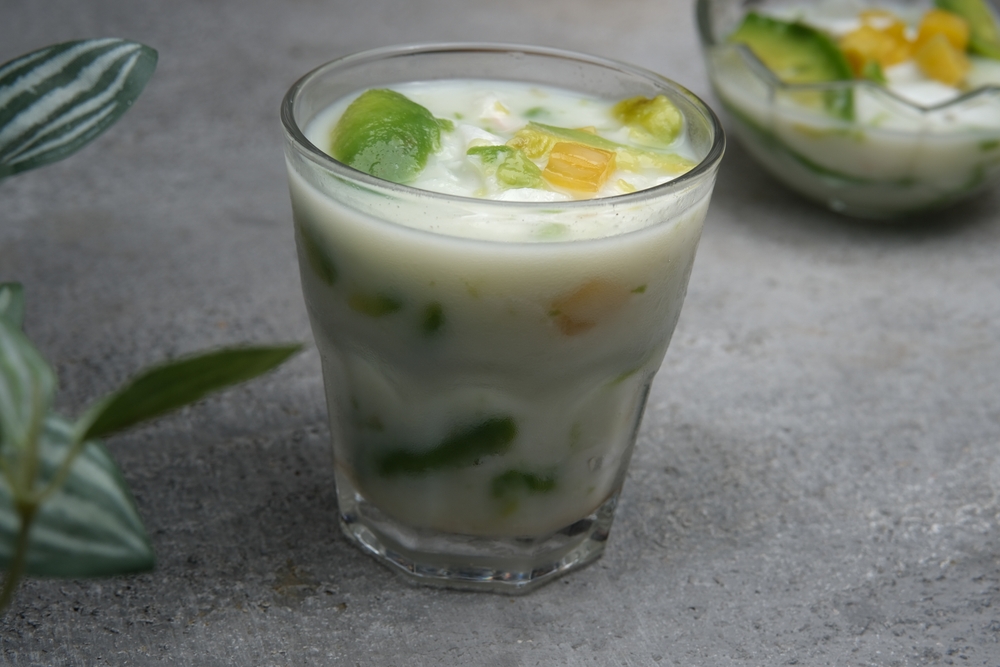
Es Teler is a refreshing Indonesian fruit cocktail made with a mix of tropical fruits like avocado, jackfruit, and young coconut, served with sweetened coconut milk and crushed ice. It’s a perfect dessert for hot days. In a bowl, combine sliced avocado, jackfruit, and young coconut strips. Pour over a mixture of 1 cup coconut milk sweetened with 1/4 cup sugar and a pinch of salt. Add crushed ice and a drizzle of condensed milk before serving.
Bánh Bò Nướng (Vietnam)
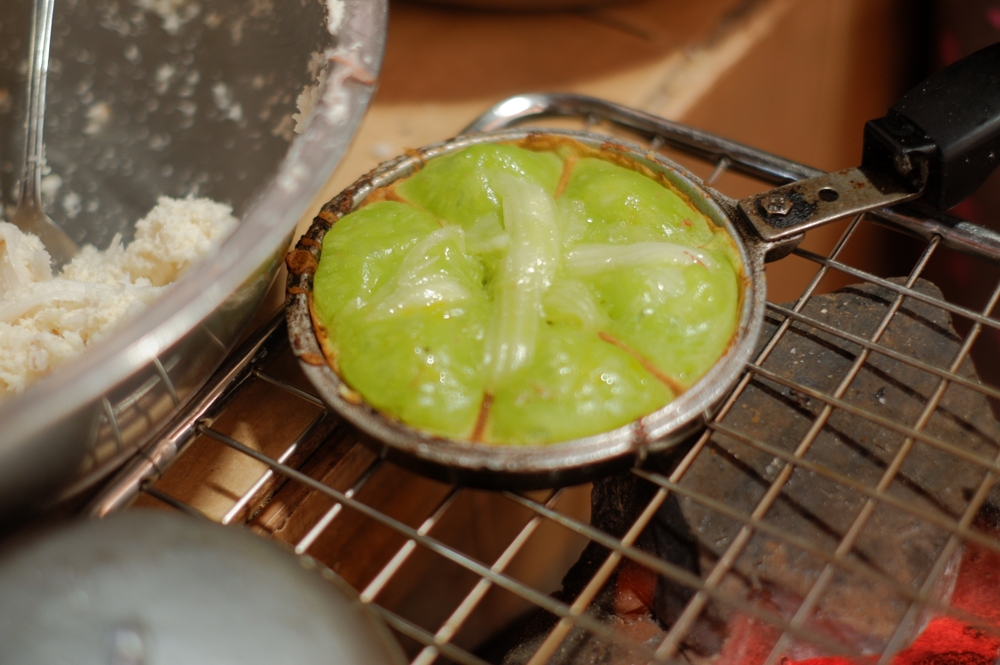
Bánh Bò Nướng, also known as Vietnamese honeycomb cake, is a chewy, sweet cake made from tapioca starch, rice flour, coconut milk, and pandan extract, characterized by its unique honeycomb-like texture. Preheat the oven to 350°F (175°C). In a bowl, mix 1 cup tapioca starch, 1/2 cup rice flour, 1 cup sugar, 1 cup coconut milk, 1/4 cup pandan extract, and 1 teaspoon baking powder until smooth. Pour the batter into a greased pan and bake for 35-40 minutes until a toothpick inserted comes out clean. Let it cool before slicing.
Serabi (Indonesia)
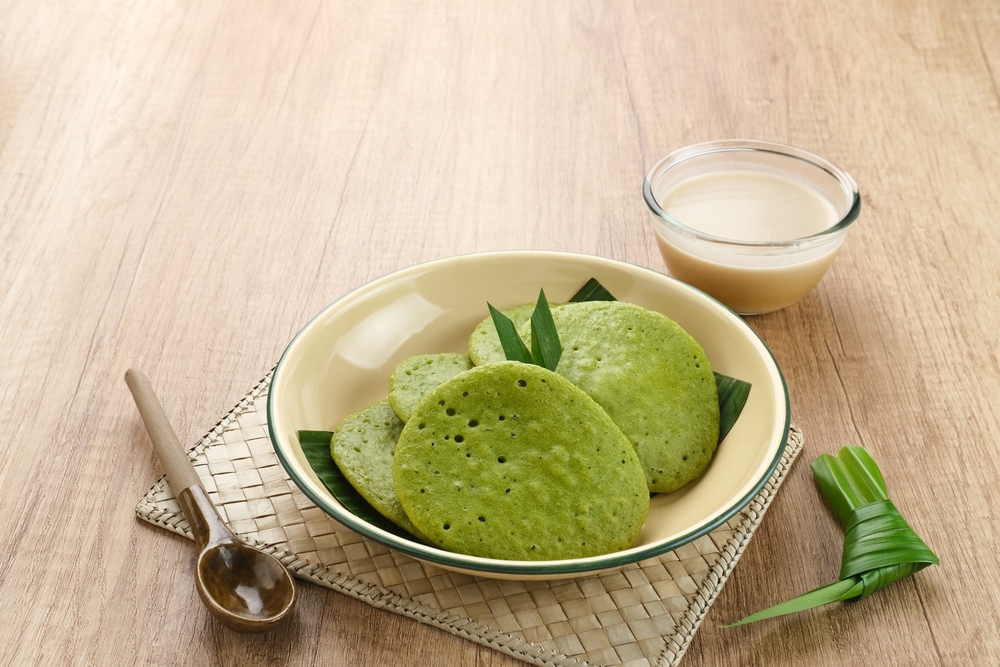
Serabi are traditional Indonesian pancakes made from rice flour and coconut milk, often topped with sweet coconut sugar syrup or savory toppings. They have a slightly crispy edge with a soft, fluffy center. Mix 1 cup rice flour with 1/2 teaspoon yeast and 1 tablespoon sugar. Gradually add 1 cup coconut milk, stirring until smooth, and let the batter rest for an hour. Pour a ladleful of batter onto a heated pan, cover, and cook until bubbles form and the edges are crispy. Serve with coconut sugar syrup.
This article originally appeared on RetailShout.
More From RetailShout
15 Timeless Picnic Recipes from the Past
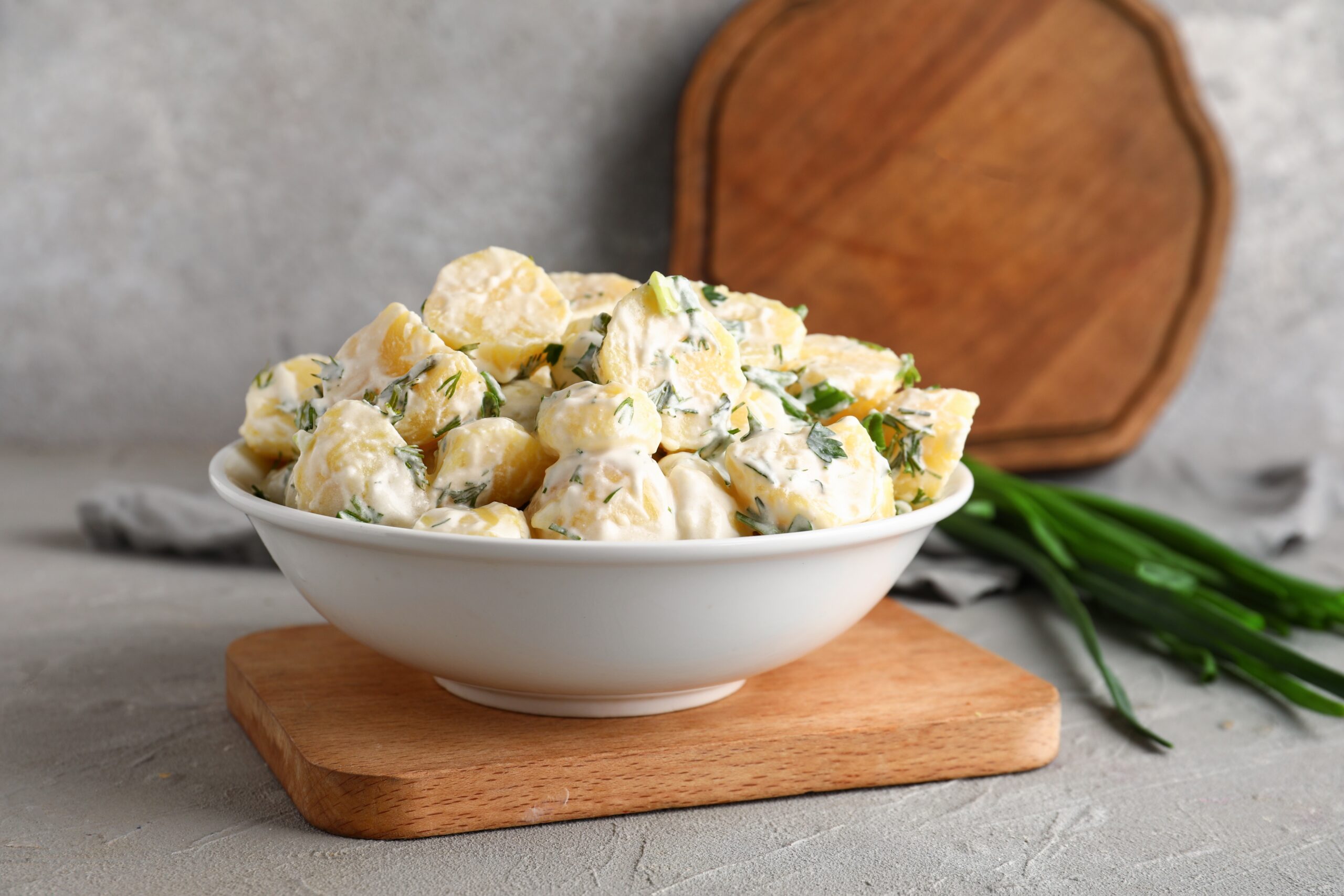
Nothing brings people together quite like a good picnic, and some of the best picnic recipes have stood the test of time. These classic dishes are more than just nostalgic—they’re tried-and-true favorites that never go out of style. Read More.
10 New Aldi Finds to Add to Your Cart This November
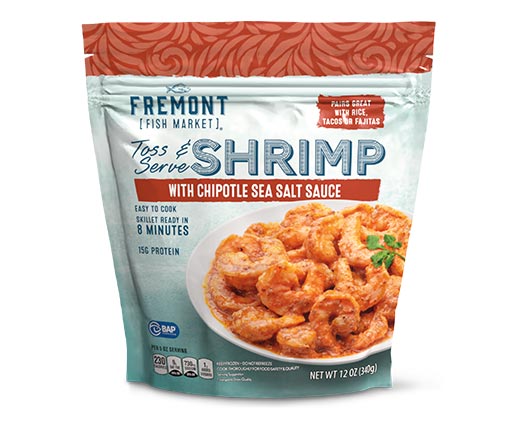
November’s here, and Aldi is rolling out some fantastic seasonal finds that are just too good to miss. From crowd-pleasing appetizers to indulgent sweets, there’s something new and exciting to try in every aisle. Read More.
18 Chic Target Kitchen Finds That You’ll Absolutely Adore
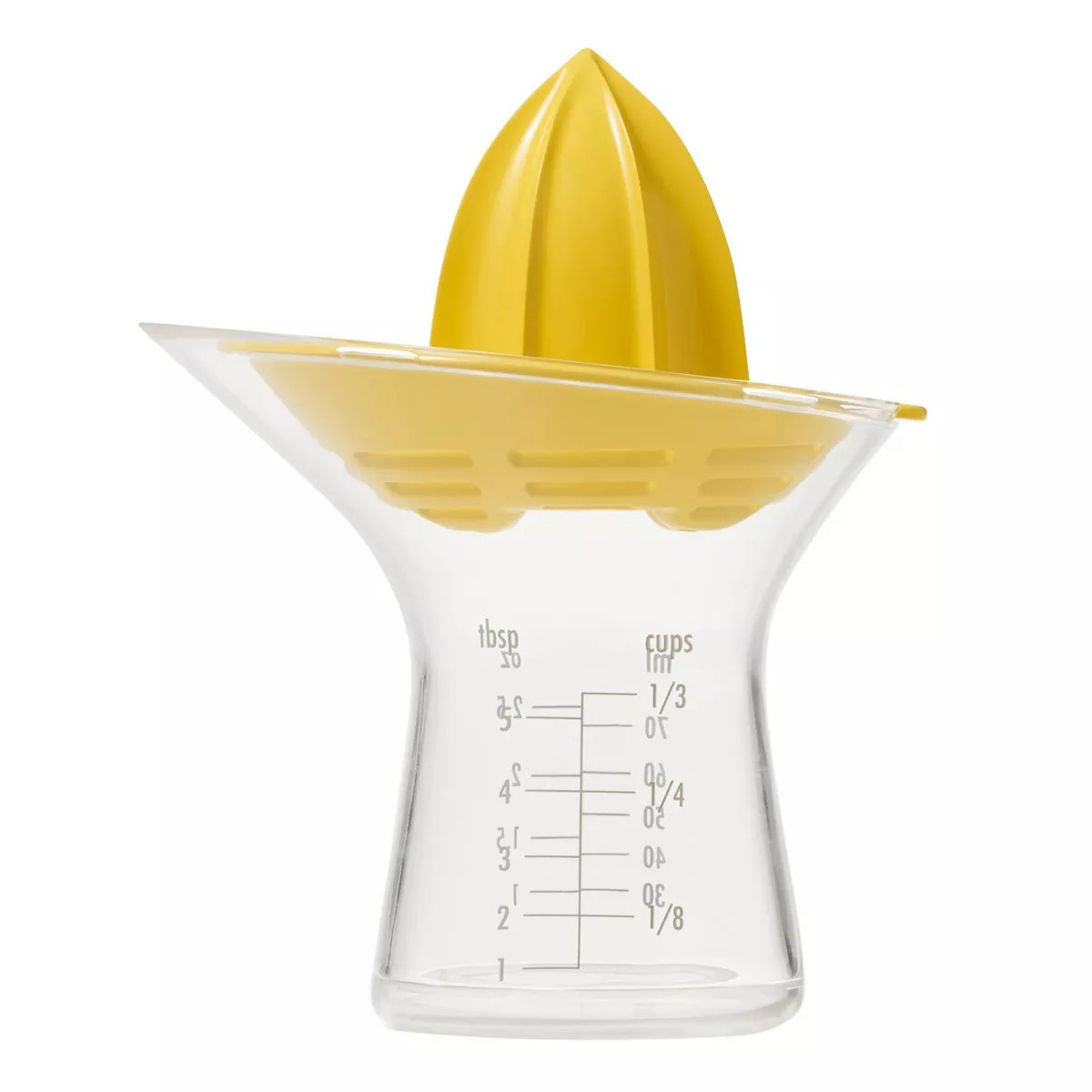
Target has become a go-to spot for finding chic and affordable kitchen essentials that bring both style and function into your home. Whether you’re looking for unique décor, functional cookware, or trendy accessories, Target offers a wide range of options that blend seamlessly with any kitchen aesthetic. Read More.


